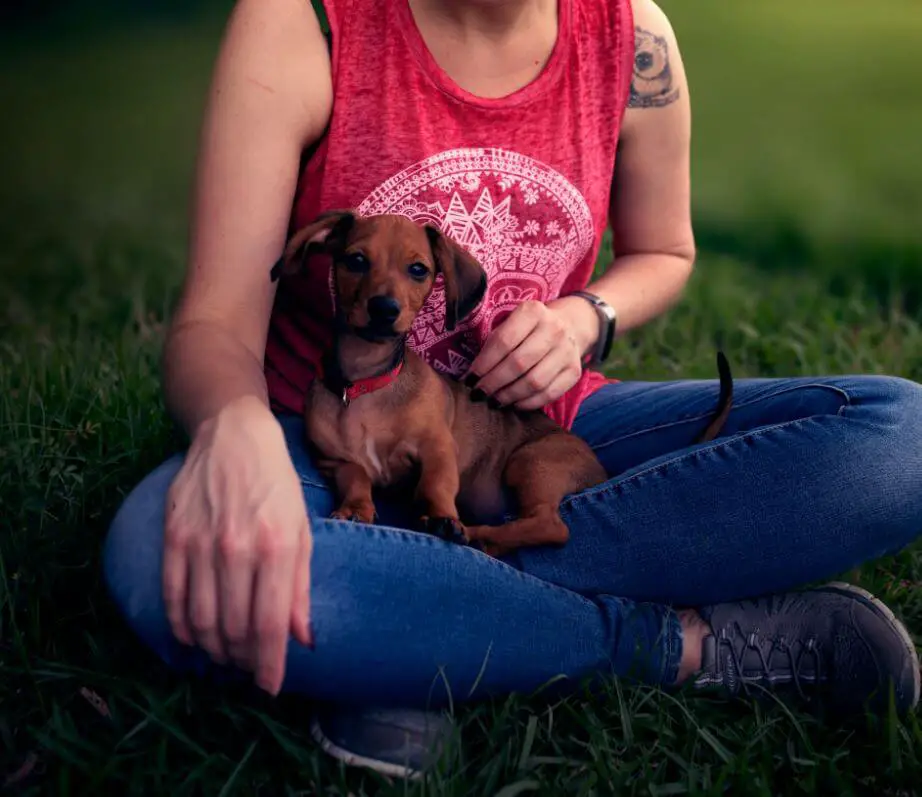Have you ever wondered why your furry companion insists on planting their posterior on you? While it may seem peculiar, there are legitimate reasons behind this behavior. Understanding why your dog does this can deepen the bond between you and your canine friend.

1 – Affection & Attention Seeking:
One of the primary reasons for this behavior is your dog’s desire for affection and attention. When they present their rear end to you, it’s a friendly gesture indicating they seek interaction and love. This action is often accompanied by tail wagging, leaning in, or a playful gaze.
2 – Scent Marking:
Dogs have scent glands near their tails that release pheromones. By placing their rear on you, they’re marking you with their scent, essentially claiming you as part of their pack. This act provides them with comfort and security, as they leave behind a familiar scent.
3 – Greeting & Playful Interaction:
Sometimes, your dog may bump their rump against you as a form of greeting or to initiate playful interaction. This behavior is particularly evident when they’re excited, wagging their tail enthusiastically, and bouncing around.
4 – Seeking Comfort or Reassurance:
Dogs are incredibly intuitive creatures and can often sense when their human companions are feeling down or anxious. In such situations, they may attempt to offer comfort by placing their rear end on you. This gesture demonstrates their empathy and desire to provide support.
5 – Needing Something:
In certain instances, your dog may utilize their rear end to communicate a specific need, such as hunger, the need to go outside, or a desire for playtime. Pay attention to their body language and other cues to decipher what they’re trying to convey.
Important Factors to Consider:
- Body Language: Take note of your dog’s overall body language alongside the placement of their rear end. Are they relaxed and friendly, or tense and anxious? This can offer valuable insight into their intentions.
- Past Experiences: Previous positive reinforcement for similar behaviors may influence your dog’s likelihood of repeating them.
- Individual Personality: Each dog has a unique communication style. Familiarize yourself with your dog’s specific tendencies to better understand their behavior.
Remember:
- Avoid Punishment: Scolding or pushing your dog away will only hinder communication. Instead, observe their cues and respond accordingly.
- Positive Reinforcement: When the behavior is positive, such as seeking affection or offering comfort, reinforce it with gentle petting or praise.
- Address Underlying Needs: If their behavior indicates a specific need, address it promptly to prevent frustration and potential negative behaviors.
By deciphering the context and understanding your dog’s unique way of communicating, you can forge a deeper connection with your canine companion. Embrace their quirks and behaviors as opportunities to strengthen your bond and enhance your relationship.
